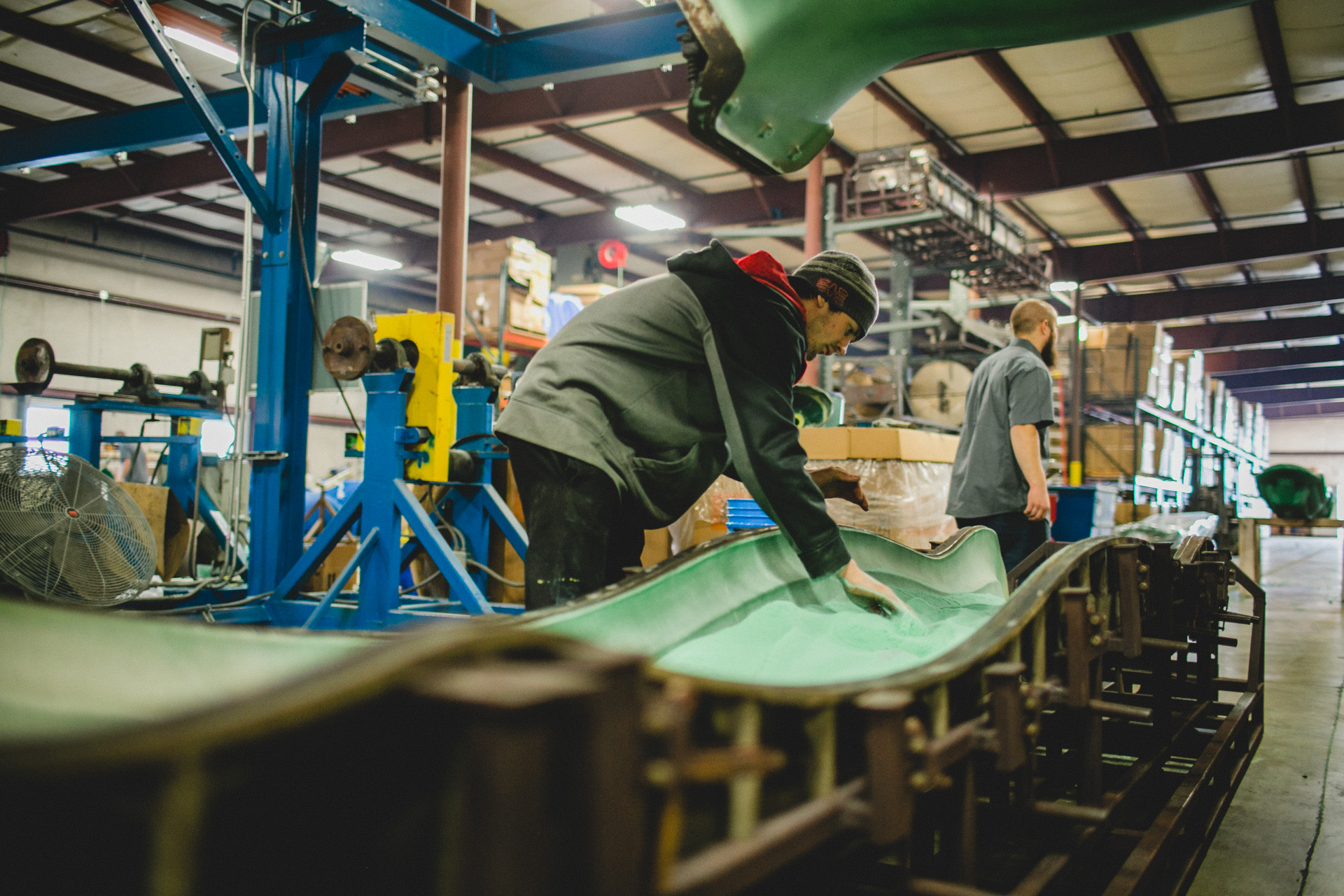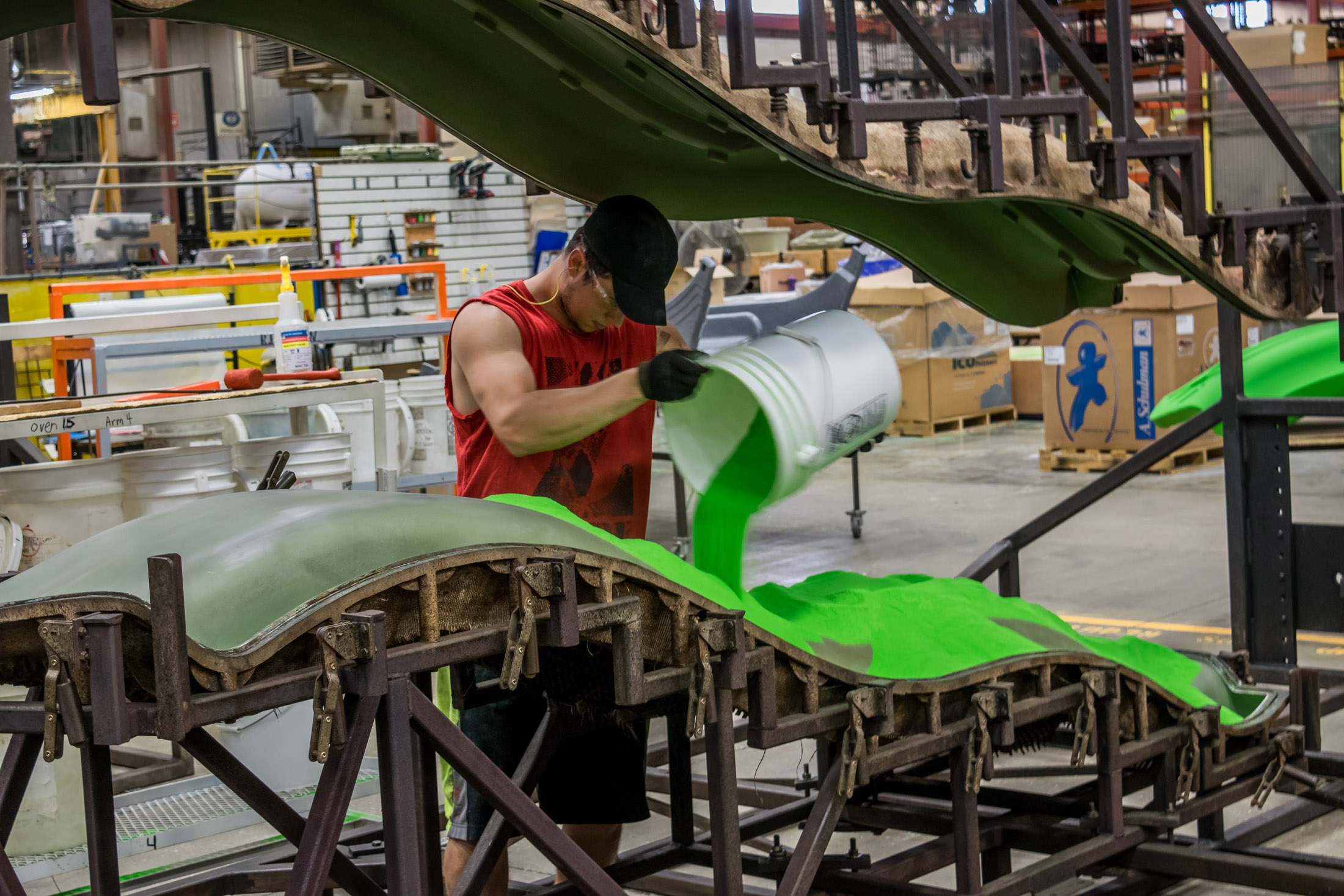A Comprehensive Guide to Materials Used in Rotomolding
A Comprehensive Guide to Materials Used in Rotomolding
Blog Article
Rotational molding, also known as rotomolding, is a flexible manufacturing procedure for developing hollow plastic-type material parts. From kayaks to storing tanks, rotomolding supplies a cost-effective way of making tough and smooth plastic material items. Here's all you should find out about Rotational Molding:

How Rotomolding Functions:
Rotomolding starts with filling up a hollow mildew using a exact volume of powdered plastic-type material resin. The fungus is going to be heated and rotated simultaneously in multiple axes within an oven. As the fungus rotates, the plastic-type natural powder melts, covering the interior surface of the fungus uniformly. The rotation proceeds during the air conditioning period to make certain uniform circulation and solidification from the plastic material. As soon as cooled, the component is taken away in the fungus, along with the method repeats.
Features of Rotomolding:
Design and style Overall flexibility: Rotomolding provides for complicated shapes and intricate models being produced without resorting to further tooling. It includes design and style independence that other processes might not exactly.
Standard Wall surface Density: Contrary to another molding functions, rotomolding makes components with steady wall fullness, which enhances structural integrity and good quality.
Price-Effectiveness: Tooling expenses for rotomolding are typically decrease when compared with functions like injection molding, making it cost-effective both for quick and very long creation runs.
Long lasting and Seamless: Rotomolded components are easy, rendering them proof against water leaks and anxiety fractures. They are also highly tough and resistant against corrosion, chemicals, and weathering.
Assortment of Supplies: Rotomolding can utilize an array of components such as polyethylene, polypropylene, Pvc material, and much more, permitting adaptability in item characteristics.
Applications:
Rotomolding discovers applications across various industries:
Automotive: Creating gasoline tanks, atmosphere channels, and auto parts.
Manufacturing: Safe-keeping tanks, bins, boxes, and materials coping with equipment.
Leisure time: Kayaks, play ground products, and leisure items.
Agricultural: Water tanks, agricultural products parts.
Health care: Homes for health care products, storage containers.
Environment Considerations:
Whilst plastic materials have encountered scrutiny for environment impact, rotomolding offers some eco-warm and friendly elements. It creates very little material squander, along with the supplies utilized are recyclable.

Conclusion:
Rotomolding can be a highly flexible and price-powerful means for making a wide range of plastic material goods. Its layout mobility, toughness, and relatively reduced tooling charges make it a favored choice for several industries looking for successful producing options. As modern technology developments and ecological concerns increase, rotomolding continues to get used to, giving lasting options for various programs. Report this page